The Saint Paul Spiritual Holy Temple Washington "Doc" Harris (1905 - 1995), Washington James "Mook" Harris (1949)
Extant
Memphis, Tennessee, United States
1957 to present
The site is not open to the public, and the family prefers to maintain a strict privacy with regard to the constructions. However, two pieces are currently on view at the Jay Etkin Gallery in Memphis.
About the Artist/Site
In 1946, Wash Harris (1905-1995), an African Native American healer from Panola County, Mississippi, moved sixty miles north to the rural marshes on the outskirts of Memphis, Tennessee, and settled there with three generations of his family. "Doc" Harris, the name familiar to all who knew him, was a renowned “Spiritual Doctor” who first practiced his gift at age seven. Beginning in 1957, working according to Biblical and Masonic protocols, Doc and his family transformed their two-acre home ground into a visionary spiritual shrine called The Saint Paul Spiritual Holy Temple. They built residences, workshops, underground shelters and tableaus, sacred grounds for teaching and protection, a Spiritual Church, and over a hundred monumental works in wood, steel, cane, and bead called The Degrees of God and Craftwork. Harris founded the Temple as a place of healing and refuge, serving clients from the Memphis and the Mississippi/Arkansas Delta who had heard about him through word of mouth. He synthesized his family's African Native American ancestry with the global perspectives of Freemasonry and the healing and counseling mission of the Black Spiritual Churches of the American South.
In 1961, in the fear-charged environment of segregation and Jim Crow, a local newspaper published the Temple's address, and soon, a steady stream of vandals and sightseers arrived, attracted by the brightly colored abstract constructions towering above a barbed wire and chain link fence in a dirt road cul-de-sac off Highway 61. Fictitious tales of a "Voodoo Village" in South Memphis near the Mississippi state line spread across the city and beyond, with rumors of animal sacrifice, strange symbols, bloody crosses, and dolls in glass boxes on bamboo stilts rising out of the alluvial swamps on the northern edge of the Mississippi Delta. The longstanding tensions between the Harris family and the "Voodoo Village" urban legend are concretized in a collection of articles from local newspapers, transcripts of television broadcasts, YouTube videos, Facebook pages, and letters to editors from Harris family members attempting to educate the public to the Temple's actual purpose.
Doc Harris's healing practice and teachings were based on the Bible and the life of Christ. In 1961 he told a staff writer for the Memphis Press Scimitar, “We have an eternal organization here. A church. Our Temple is the most beautiful place in the world. All these things have a meaning. They are symbols of God.” (July 31, 1961) Forced into seclusion, Doc closed the Temple to all but his extended family, members of his church, clients of his healing practice, and a few selected guests while continuing to create the Degrees of God and Craftwork and expand the Temple's spiritual strength. The "Voodoo Village" legend nevertheless remained entrenched, masking a deeper and more extraordinary story of faith, persistence, love, and fraternal loyalty carried out in secret for over sixty years.
After Doc's death in 1995, his grandson Washington James "Mook" Harris became the Temple's leader, assuming responsibility for the maintenance and upkeep of the Degrees of God and Craftwork and the teachings they contain. Over the past ten years, he has replaced many of the lost wooden works in the Temple's yards and fields, with facsimiles in welded steel and polychrome enamel. Mook Harris and his remaining siblings are the bridge between the isolation of the past and a more open future in which this electrifying sacred space is increasingly recognized as an essential chapter in American religious history and vernacular art. For the time being, passage through the Temple’s iron gates remains rigorously controlled, but the Harris family makes no secret of its purpose: “This place is a sign for future generations and the fallen of the world."
- Narrative by Judith McWillie, October 2019. McWillie is professor emeritus of drawing and painting at the Lamar Dodd School of Art at the University of Georgia and the co-author of No Space Hidden: The Spirit of African American Yard Work.
Materials
wood, steel, cane, beads
Map & Site Information
Memphis, Tennessee
us
Latitude/Longitude: 35.149534 / -90.04898
Nearby Environments


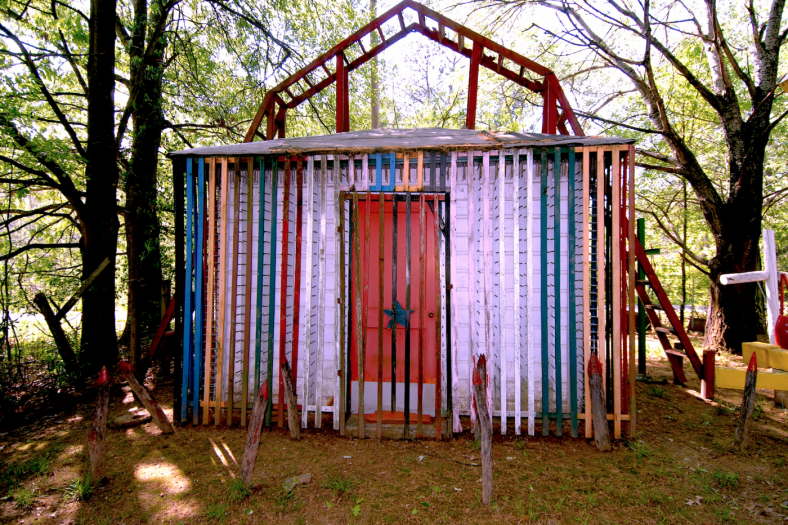
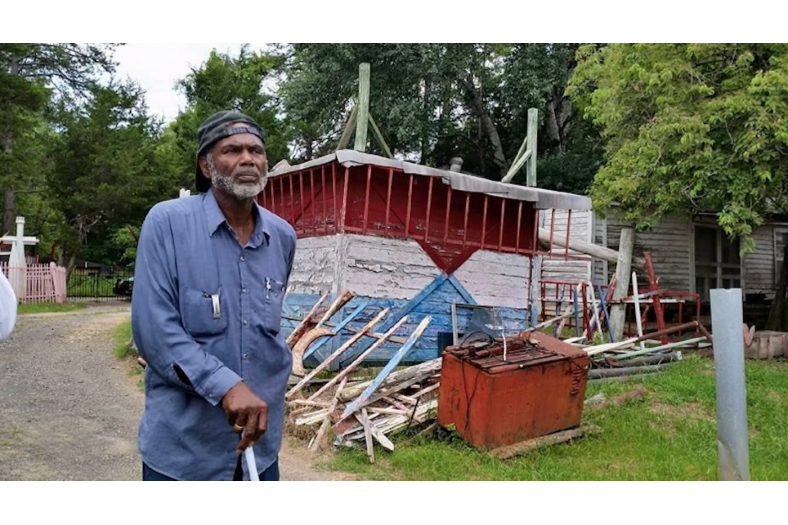
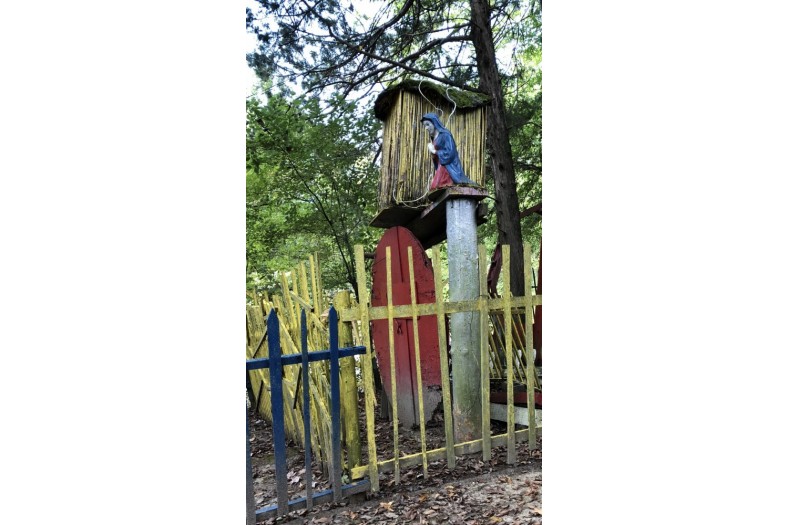
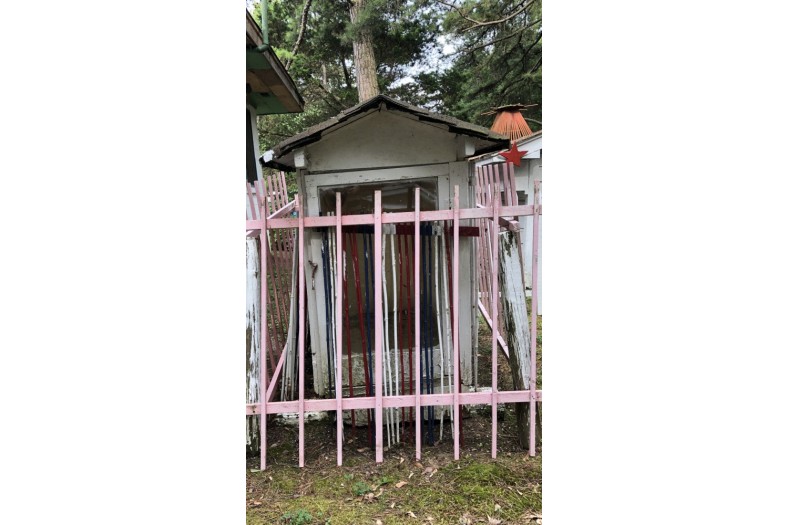
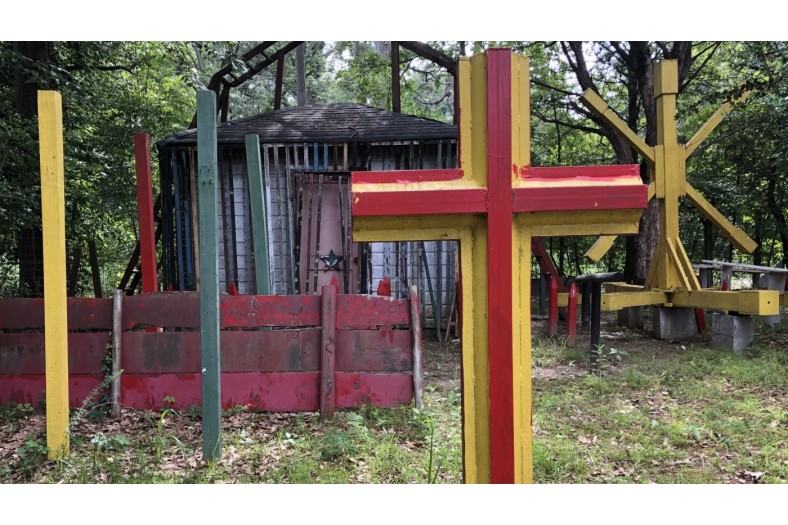
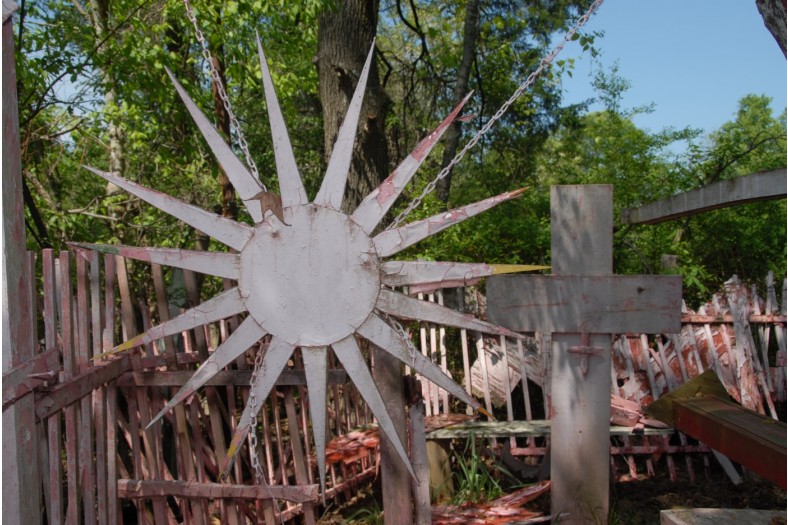
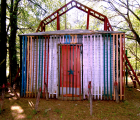

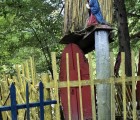

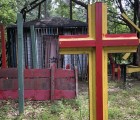
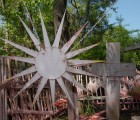
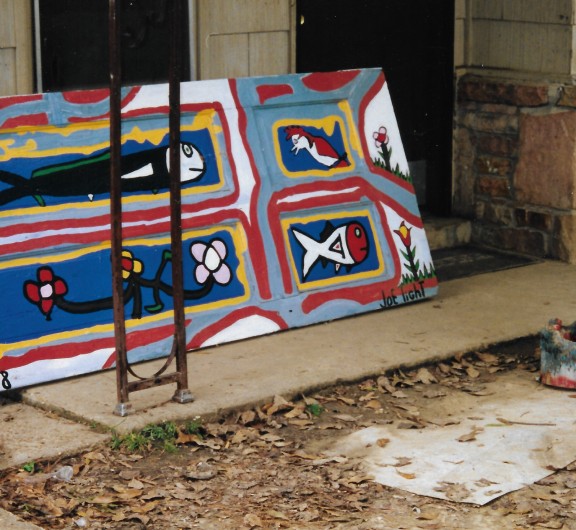
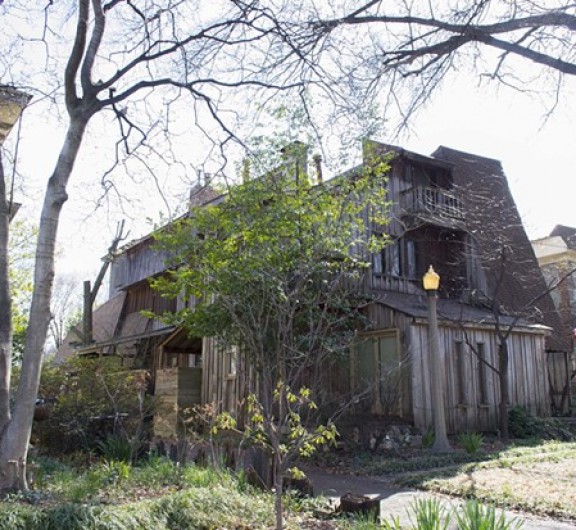
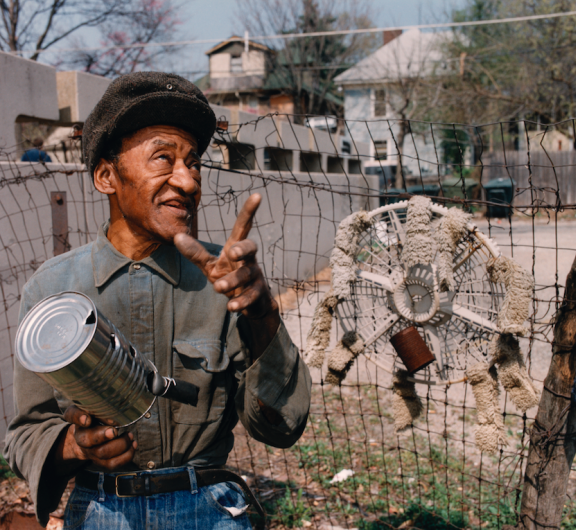


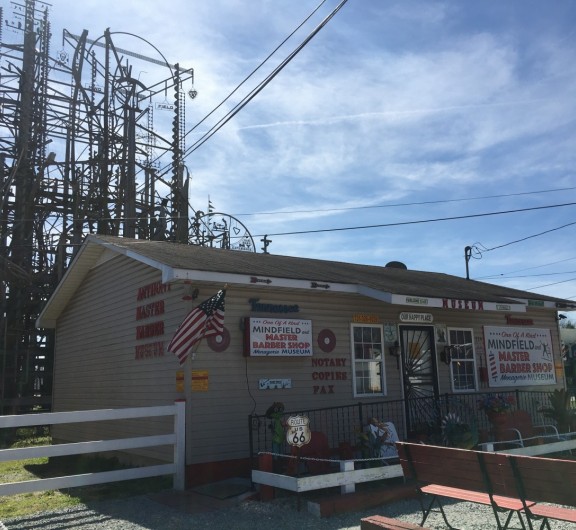

Post your comment
Comments
No one has commented on this page yet.